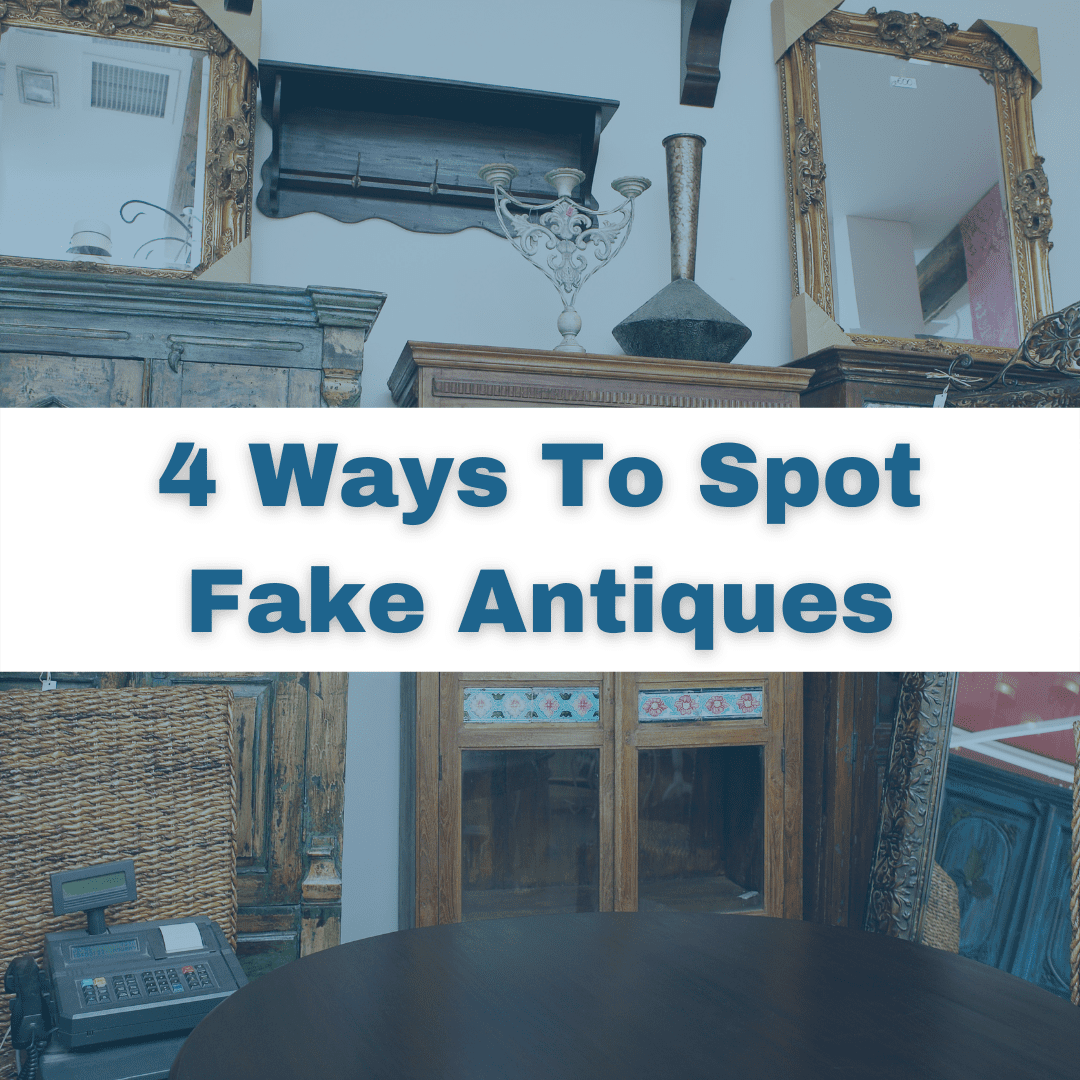

01 Jan 4 Ways to Spot Fake Antiques
There’s nothing more exciting than discovering a new hidden gem or finally adding that last piece to your vintage collection. However, it’s a lot easier these days for companies to replicate a certain piece, so it’s important that you know how to spot a fake antique. Here are 5 tips on how to determine a true antique from a fake or reproduction.
- Look for signs of age. When shopping for true antiques, expect to find signs of age on older pieces. New antiques lack signs of age and can appear flat or smooth on top.
- Pay attention to the smell. Did you know you can even spot a fake antique by the smell? Fake antiques will usually smell like new furniture. A real antique will typically have a discernible “older” smell.
- Pull out the drawers. Find out if your antique is real by examining the bottom and sides of the drawers. A real antique will have irregular joints while a new piece will have perfectly functioning joints.
- Consider the material. Materials like oak, walnut, mahogany, or maple, could be an indication that it’s a real antique. Fake antiques are typically made from plywood or particle board.
- Examine the hardware. Screws were handmade until 1880 and were not exact carbon copies of each other like today’s screws. You can spot a fake antique by seeing if the screws are all the same.
At Pender’s Antiques, we’re here to help you repair or restore your most valuable antiques or furniture. Visit our website for a free quote and let us transform your favorite pieces.
https://www.westlandlondon.com/articles/view,how-to-spot-fake-antiques_70.asp


